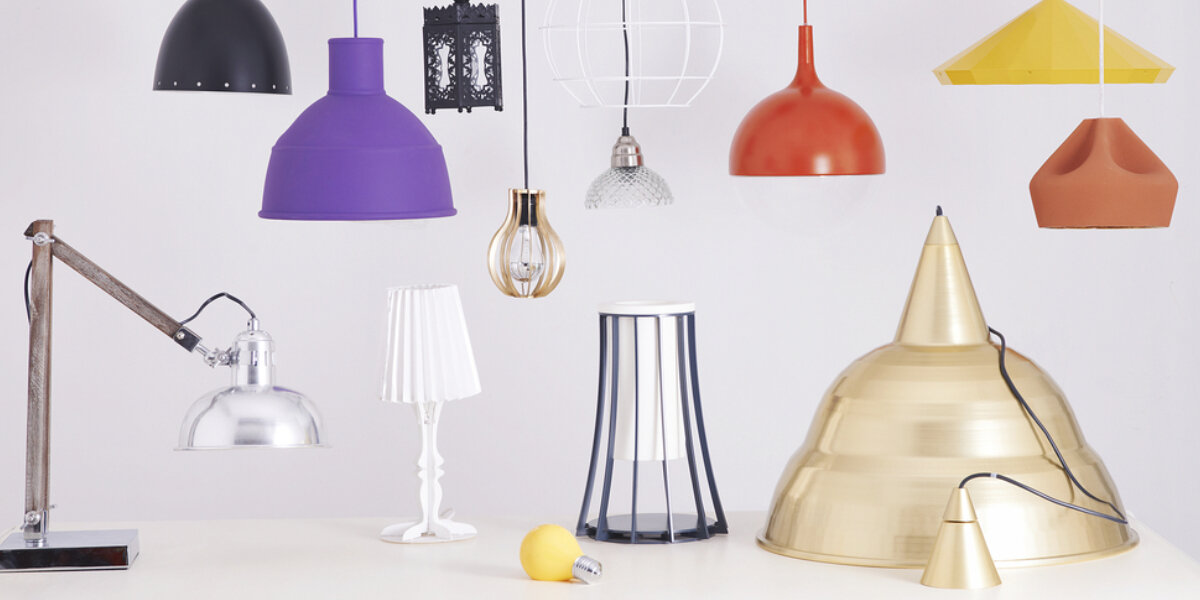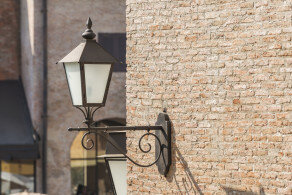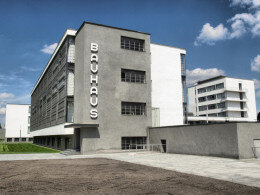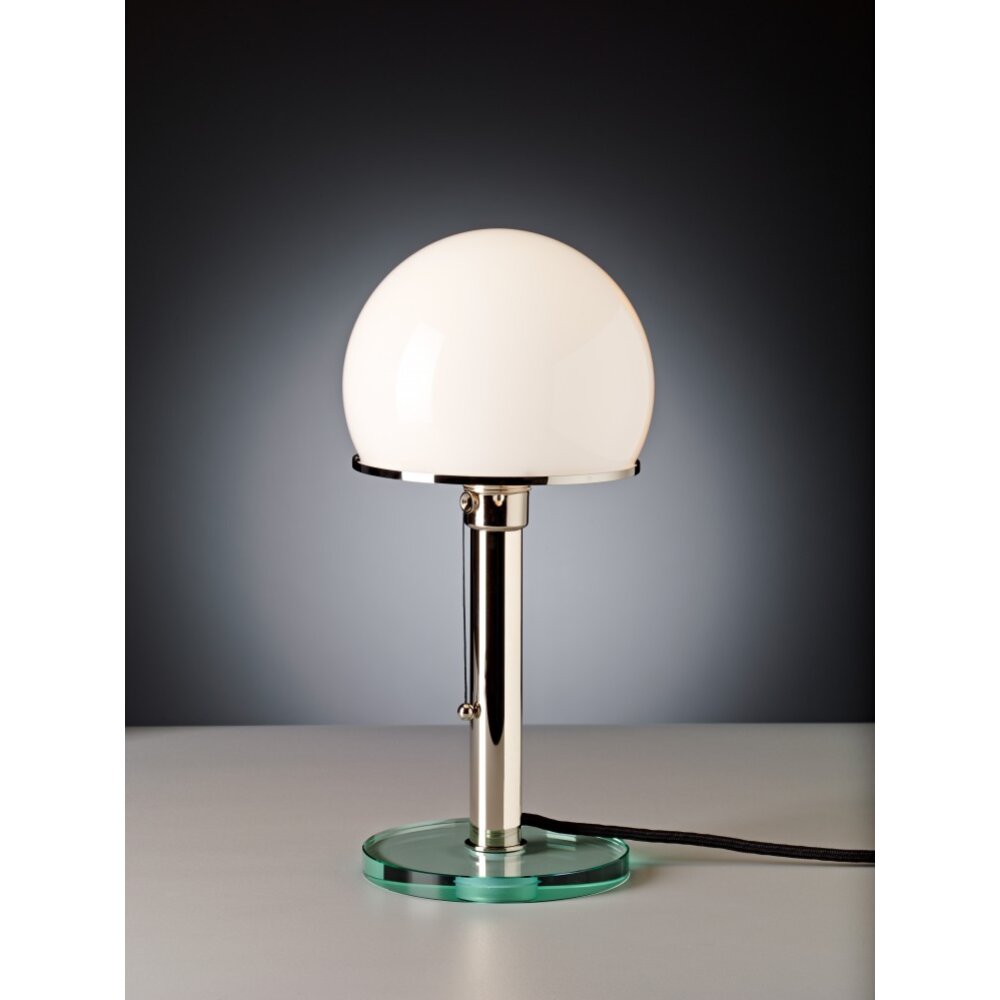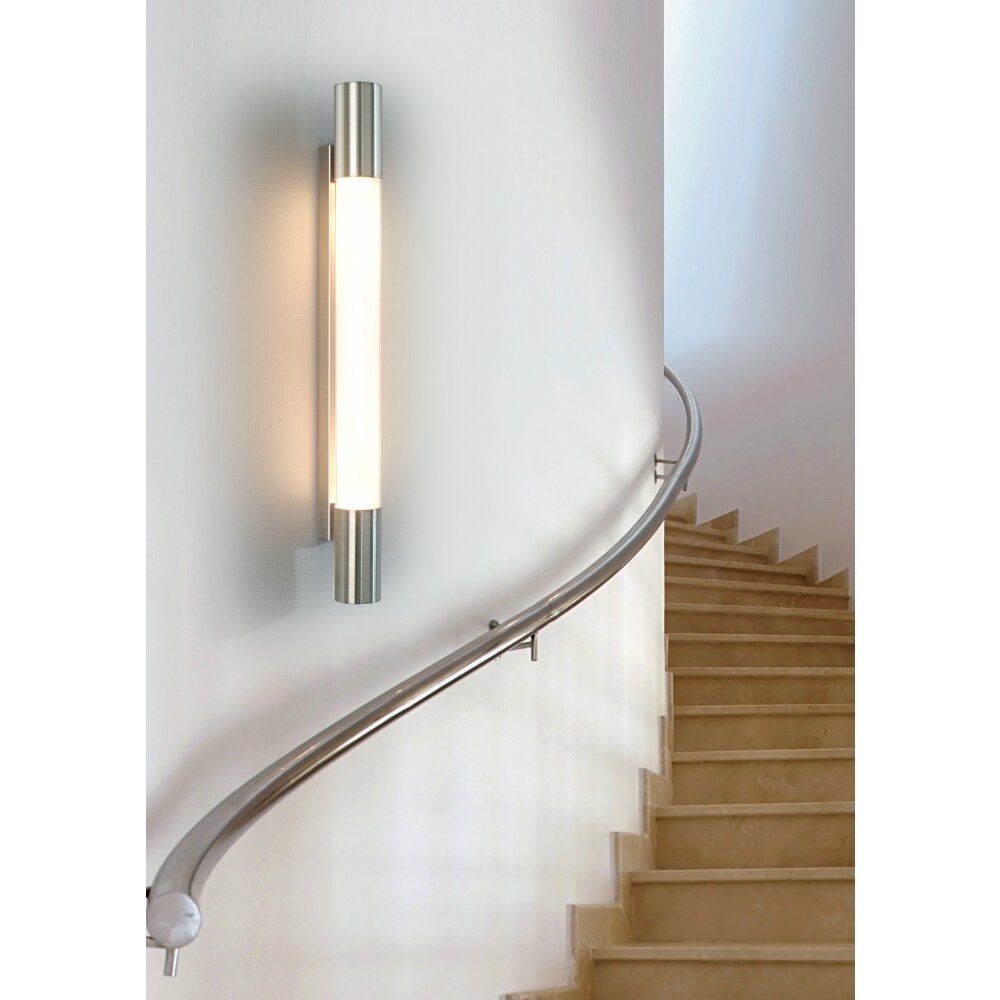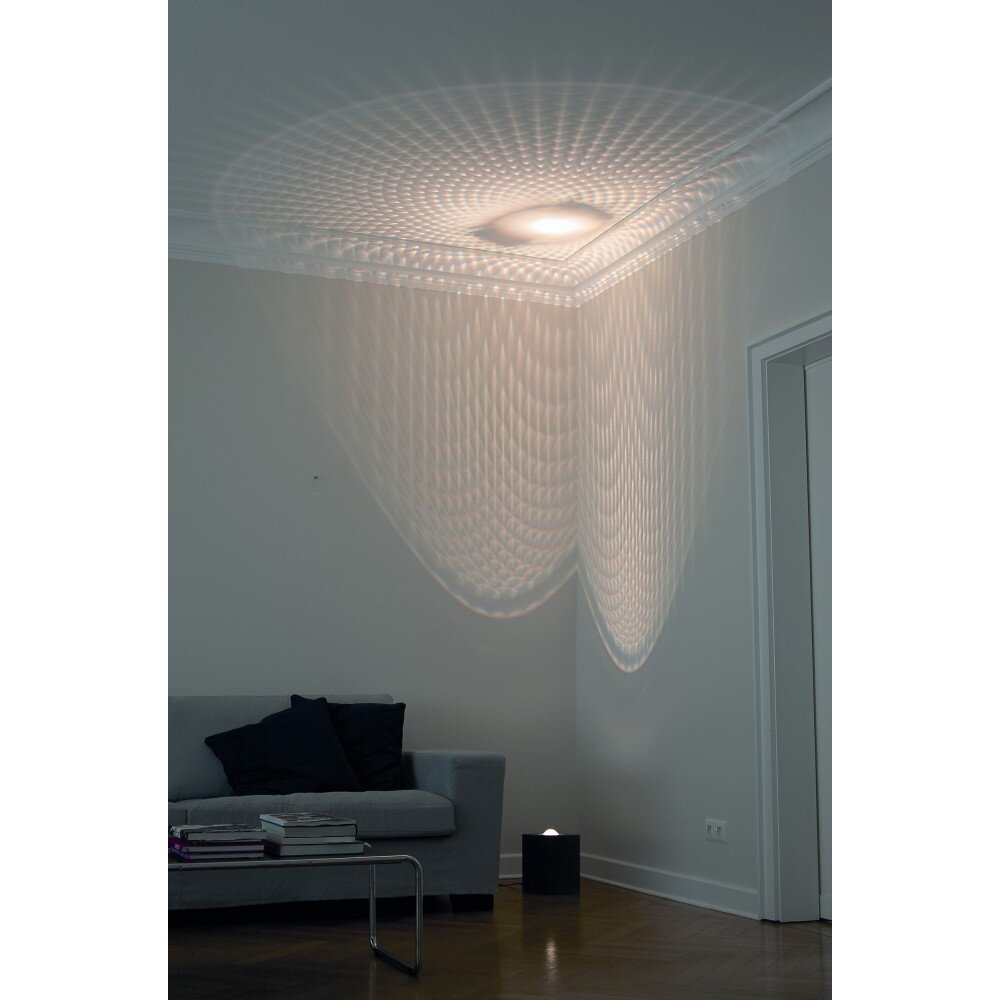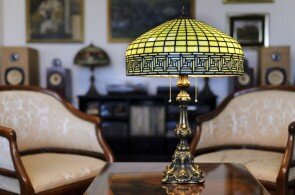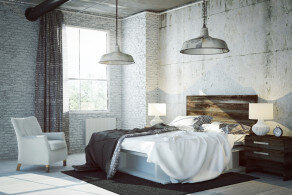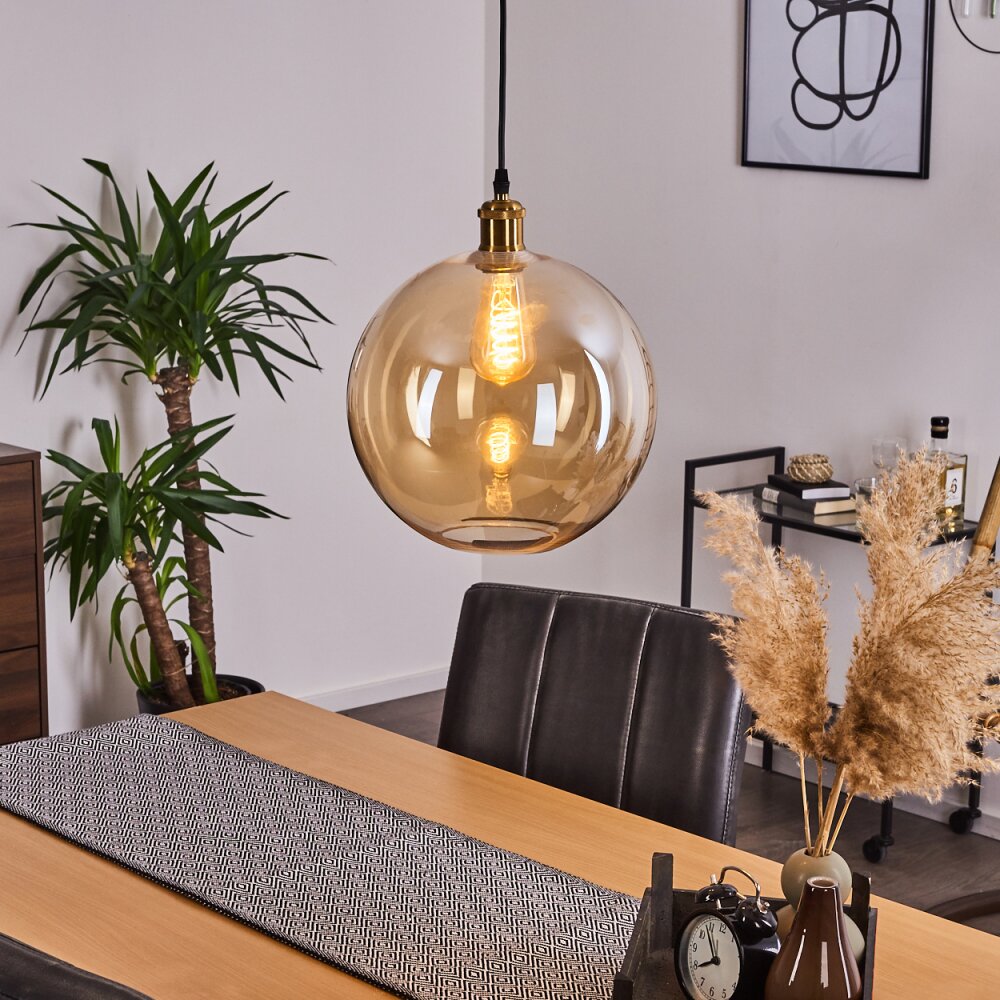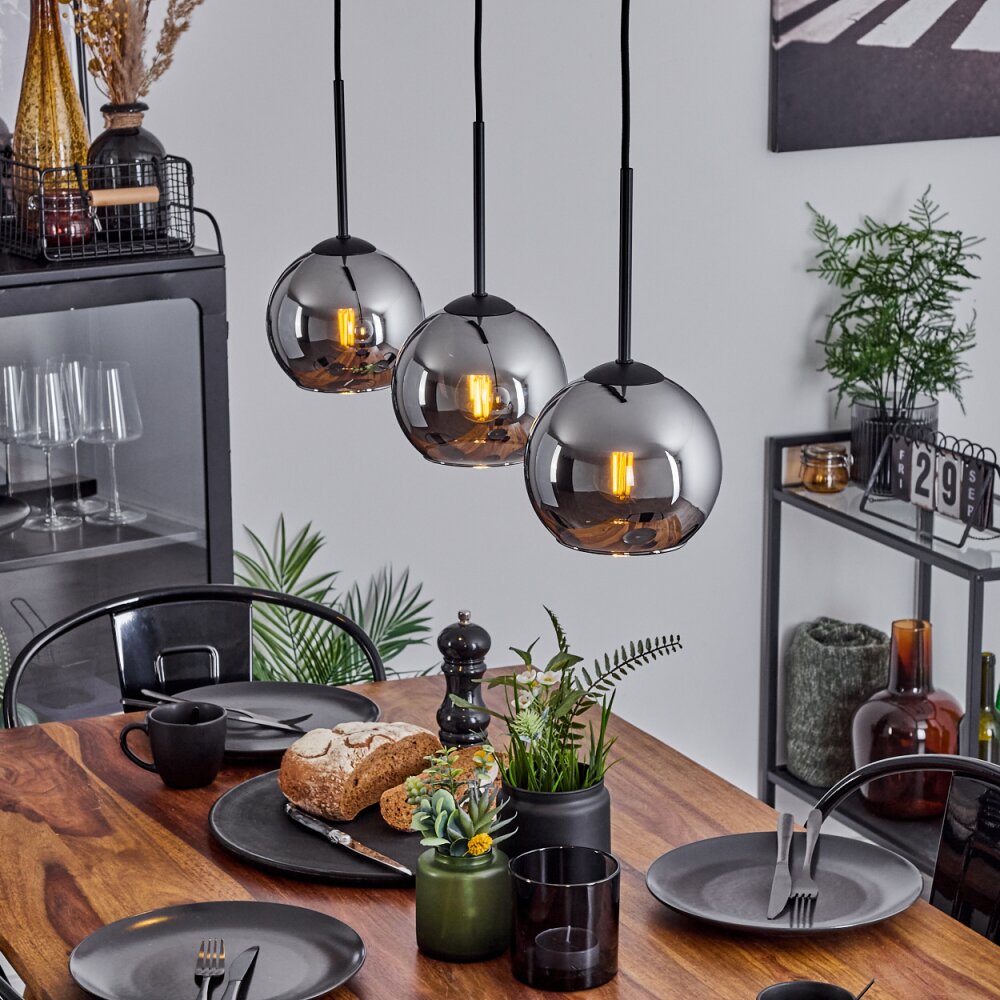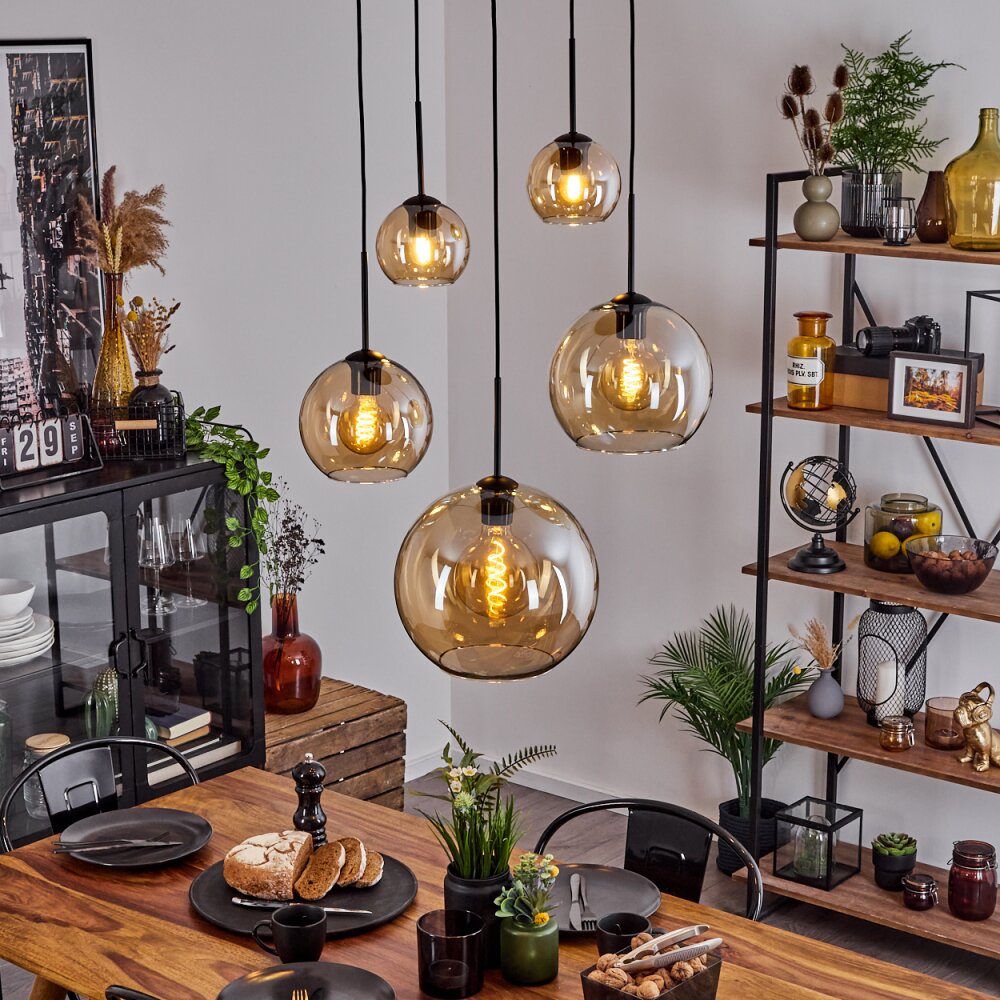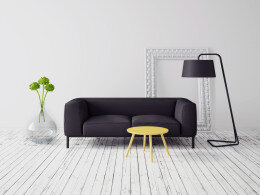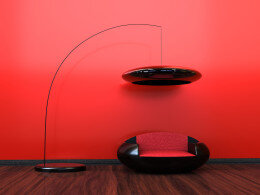From antique wall torches, medieval lanterns and classic chandeliers to the numerous design styles of the 20th century and the present day, which is characterised by innovative LED light fittings: lighting design encompasses a wealth of different styles. When choosing new lighting, it is advantageous to be able to classify the various products stylistically. To help you keep an overview, we explain the most important trends and terms.
Due to the immense variety of lamp types, light fitting types and design styles, there are many lights that cannot be assigned to a single trend. After the golden decades of design in the early and middle 20th century, when a systematic preoccupation with the 'science of design' first emerged in the course of modern industrial production, there are more and more successful designs that combine different styles. All the more so since the compact LED lamps virtually no longer set any limits for designers.
Lamp Design until Electrification
When does modernity begin? There are many opinions on this, but it is undisputed that electrification is an indisputable milestone. Traditionally, light sources were torches with an open fire, candles or oil lamps surrounded by a windbreak. In any case, the classics include candlesticks for the wall and opulent chandeliers. Outdoor wall lamps and street lamps were usually oil or gas lamps protected by an ornate metal body with transparent or stylised glass panes.


